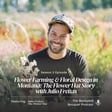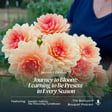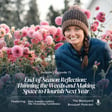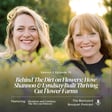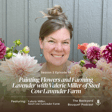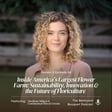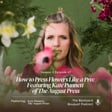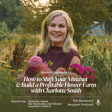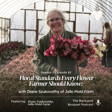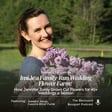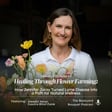
Ep.57: Celebrating 100 Years of Bearded Iris: The Legacy of Schreiner’s Iris Gardens
This week on The Backyard Bouquet, we’re celebrating a century of spectacular blooms with Schreiner’s Iris Gardens, one of the most iconic names in American flower farming. For over 100 years, the Schreiner family has been growing and breeding world-class bearded iris—a legacy that began in Minnesota and eventually found its forever home in Oregon’s Willamette Valley.
In this conversation, Ben Schreiner and Liz Schmidt offer a behind-the-scenes look at what it takes to run a multi-generational iris farm, from hybridizing breathtaking new varieties to caring for over 150 acres of flowers. Whether you’re dreaming of adding irises to your garden or curious how these resilient blooms perform as cut flowers, you’ll walk away inspired to see bearded iris in a whole new light.
We talk about:
- How bearded iris earned their place in the world of cut flowers
- What makes these perennials so tough, low-maintenance, and stunning
- Tips for planting, dividing, and growing irises in Zones 3–9
- The decade-long process behind breeding a brand-new iris
- Why Schreiner’s believes beauty and legacy can bloom side by side
This is a celebration of history, horticulture, and the flowers that keep on blooming—season after season, generation after generation.
Learn more about Schreiner's Gardens: https://www.schreinersgardens.com/
***Rate, Review, & Follow The Backyard Bouquet***
If you enjoyed this episode, will you please consider leaving the podcast a review? Your review helps make the podcast more discoverable to others and allows me to continue creating more episodes. I'd love to know what you enjoyed most about the episode.
New episodes every week to help keep your garden blooming!


